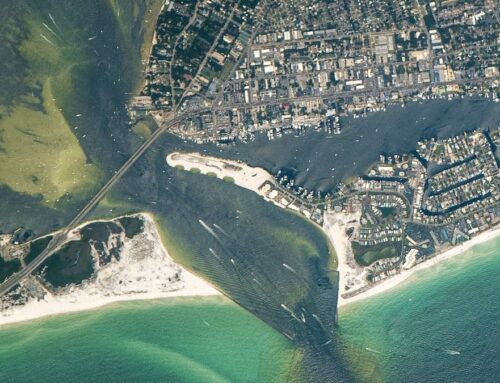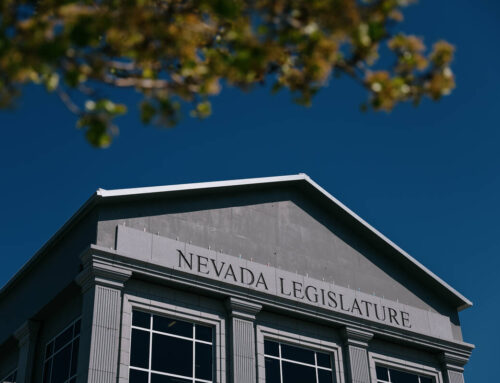Indoor Cannabis Growing with a Closed Loop Water System | Cannabis Science and Technology
October 29, 2025
Transcript:
Zacariah Hildenbrand: So closed loop system. So that means that we’re basically, we’re dispensing water, going through the root system in either soil or aeroponics or hydroponics, and let’s say you’re collecting it, and it’s just cycling back, and there’s probably some degree of water treatment. Yeah, without a doubt that’s the way to do it. I think the more efficient way, though, as opposed to gathering that water, is just to get your irrigation dialed in, so where there’s not a tremendous amount of flow through that you’re having to collect and then treat and then treat and then reprocess. So you have to know how your plants are feeding, how they’re doing from a metabolic perspective, so that you’re giving them just enough water so that they’re satiated, they’re not drowning, they’re not thirsty, they’re just right.
Adam Jacques: Water’s tough to do in a closed loop system in a commercial grow. Doing a closed air loop system is easy, right? You’re just recycling air back into the grow. What I would say is, they design them to minimize waste, right? Specifically, water waste. That’s why these exist. So the core principle is, we’re going to reclaim something that would otherwise be lost.
When we’re looking at runoff or dehumidifier water buckets, or all of these sources, we would be taking the water from within a closed loop system. We’re going to have to treat that water. I can’t put that water straight back into the system. There’s all sorts of issues that could be wrong with it, bio contamination, molds. Anyways, the water is not clean enough for consumption. There’s nutrient management involved in that too. In wastewater, there’s a bunch of stuff you don’t want, so we got to filtrate it, sanitize the water. Using an RO [reverse osmosis] system would help. We want to try to keep any runoff from entering native waterways, so it does work good for that. A lot of people now, are using UV lighting to run their water through to destroy anything bacterial that may be in the lighting solutions. But really, what we’re trying to do is get that water back down to a zero PPM state. That is going to take a water filter to get it there. Activated carbon filters could work as well to strip those things out of the water. There’s advanced systems that have just started kissing into grows, but it’s more in the water treatment state, like using biological filters to break down organic materials are being used. Ozone treatment has definitely been used in the past for that water remediation.
But it’s just it’s so crucial that your water is able to maintain its EC and its ability to collect and distribute nutrients, that you have to start with a base that’s consistent. So whatever you’re doing is what you have to do all the time. Otherwise, you’re going to have to reset and rethink your whole system.
Out here in Oregon, we don’t do a lot of closed water systems. We will reclaim dehumidification water, but we do a lot of growing in what’s called living soil or no till soil, kind of environments. There’s such small water usage going into these plots anyways that we don’t see run off. All of the water’s being used by the ecosystem we’ve developed. So once you start getting into paying all of these things to keep your water clean in a closed loop, you’re kind of throwing the baby out with the bathwater because you’re spending so much additional energy and money and time to reclaim this water.
So this comes down to what we talked about at the beginning. Where are you located? If you’re located in Oregon, we can make something work, and we can set up a system where there is no runoff at all and we can get clean water, and we can minimize water use by things like Dehume systems. But if you’re living somewhere where there’s a water scarcity issue, maybe it does make more sense, and especially in like a hydroponic grow where you’re using drip lines all day, and you do have a sluice or a swamp of water running out every day, full of things that you need to clean. This may make sense to you. The infrastructure cost on building something like this out is aggressive. So it would really have to make a lot of sense to want to do that. But you can do it.
Search
RECENT PRESS RELEASES
Related Post



